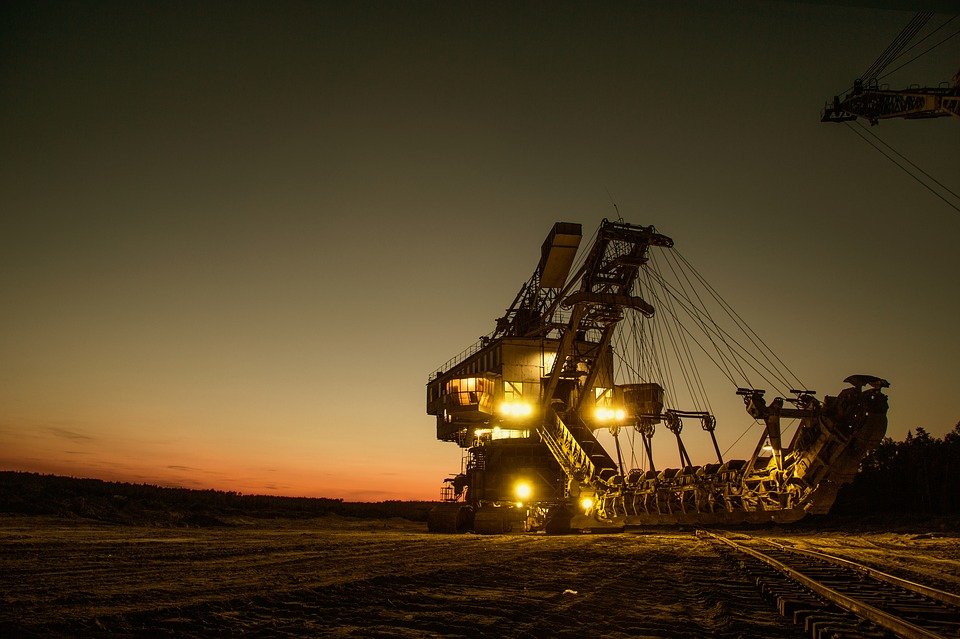A lot of construction techniques and practices at this point have been around for decades. While some are a little bit more recent, and while people love the time-proven and tested ways, which brought the industry to where it is now, it is thrilling to witness how new construction practices and methods and innovation are remolding our approach. Here are the six new types of construction technology today.
Table of Contents
Wearables

Smartphones are not the only type of wearables that are becoming commonplace in construction. There are now watches, glasses, and other devices that can be used to help with tasks on-site. For example, there are now hardhats that have an integrated display that can show wearers information about their surroundings. This type of wearable technology can help to improve safety on construction sites.
Furthermore, It is not about consumer-grade fitness trackers or smartwatches. In the world of construction, wearables talk about rugged and tough devices made to survive a job site’s abuses. Smart helmets with pull-down visors are overflowing with essential features like smart front and rear-facing cameras, health monitoring headbands, sensors as well as wireless connectivity.
In today’s workforce, safety is a top priority. That’s why many companies are investing in wearables that can help to keep their employees safe. Enhanced safety vests are one type of wearable that can be beneficial for workers who are exposed to hazardous conditions.
These vests are equipped with sensors that can monitor the wearer’s heart rate and breathing, and they also feature extra padding to protect against impact. Rugged health monitors are another type of wearable that can help to keep workers safe. These devices are designed to withstand harsh conditions, and they can provide real-time monitoring of vital signs. By investing in these types of wearables, companies can help to create a safer workplace for their employees.
3D Printing and Robotic
3D printing technology is increasingly being used to create various building components and even whole buildings. This technology uses concrete, plastics, and extruded concrete to print out components and structures of all forms. 3D printers and robotic building arms are utilized in the process, which makes the construction process much faster than traditional methods.
The benefits of using this technology include the ability to create more intricate designs, waste reduction, and increased accuracy. Additionally, this technology is less labor-intensive, which can lead to lower construction costs. As this technology continues to develop and become more widely available, it will likely be adopted on a broader scale.
Dubai is the place of the first-ever 3D-printed office building. Also, robots serve other applications in construction, putting bricks, demolishing, excavating, and accessing areas that are hard or not safe for a human being. Robotics is also utilized for mapping purposes. Sensors can virtually map the building layout and any objects inside.
State of the Art BIM
Building Information Modeling (BIM) is a single, collaborative computerized system that combines solid work processes and technology. With the capability to connect Building Information Modeling to wireless mobile devices, organizations enable everyone accesses to pertinent information, building plans’ 3D digital representations included.
The beauty of BIM is in its potential to connect departments, trades, and stakeholders throughout the lifespan of a project for a more holistic approach to construction management. When it comes down to it, BIM is about using technology and process for better communication, which can only lead to greater efficiency and quality in the built environment.
Virtual Reality Devices
AR and VR tools have changed the landscape of construction site development. With AR devices, construction sites can be produced in a virtual space, allowing for more accurate and efficient design plans. This technology has been particularly helpful in the planning stages of construction projects, as it provides a way to blend virtual designs with real-world surroundings.
As a result, construction companies can save time and money by using AR to develop their construction sites. In addition, VR has transformed how construction workers interact with their work environment. By providing a realistic simulated environment, VR enables workers to safely experience and explore a construction site before work begins.
This technology is not only helping to improve safety on construction sites, but it is also helping to increase productivity by giving workers a better understanding of their tasks before they begin. As these technologies continue to evolve, they will likely have an even greater impact on the construction industry.
This also helps with making precise measurements. Wearable smart glasses can measure the height, width, and depth of an area instantly. This enables better project management since you can make realistic models and acquire a precise estimate of the materials required and the number of laborers.
Rugged Job Site Tools
There is a new type of device on the market that is specifically designed for use in rugged job sites. These devices are dustproof, waterproof, and made with tough and heavy-duty materials, making them ideal for use in environments where mobile devices would typically not be able to withstand the conditions.
This type of device has not yet replaced mobile devices entirely, as they are not able to do everything that a mobile device can. However, this is changing as more and more features are being added to these rugged job site tools. In the future, it is likely that these devices will completely replace mobile devices in many job sites, as they are better equipped to handle harsh conditions.
Unmanned Aerial Cars
Drones, or unmanned aerial cars, have increasingly become popular in recent years due to their many potential applications. UAVs can be controlled remotely, making them ideal for doing site surveys and examining project progress without putting people in potentially dangerous positions.
Additionally, advanced models of drones can take aerial videos, pictures, maps, as well as 3D images, making them even more useful for a variety of purposes. UAVs are particularly useful in tracking logistics, doing site inspections, and examining as-built conditions. As drone technology continues to develop, even more, potential uses for UAVs will likely be discovered.



